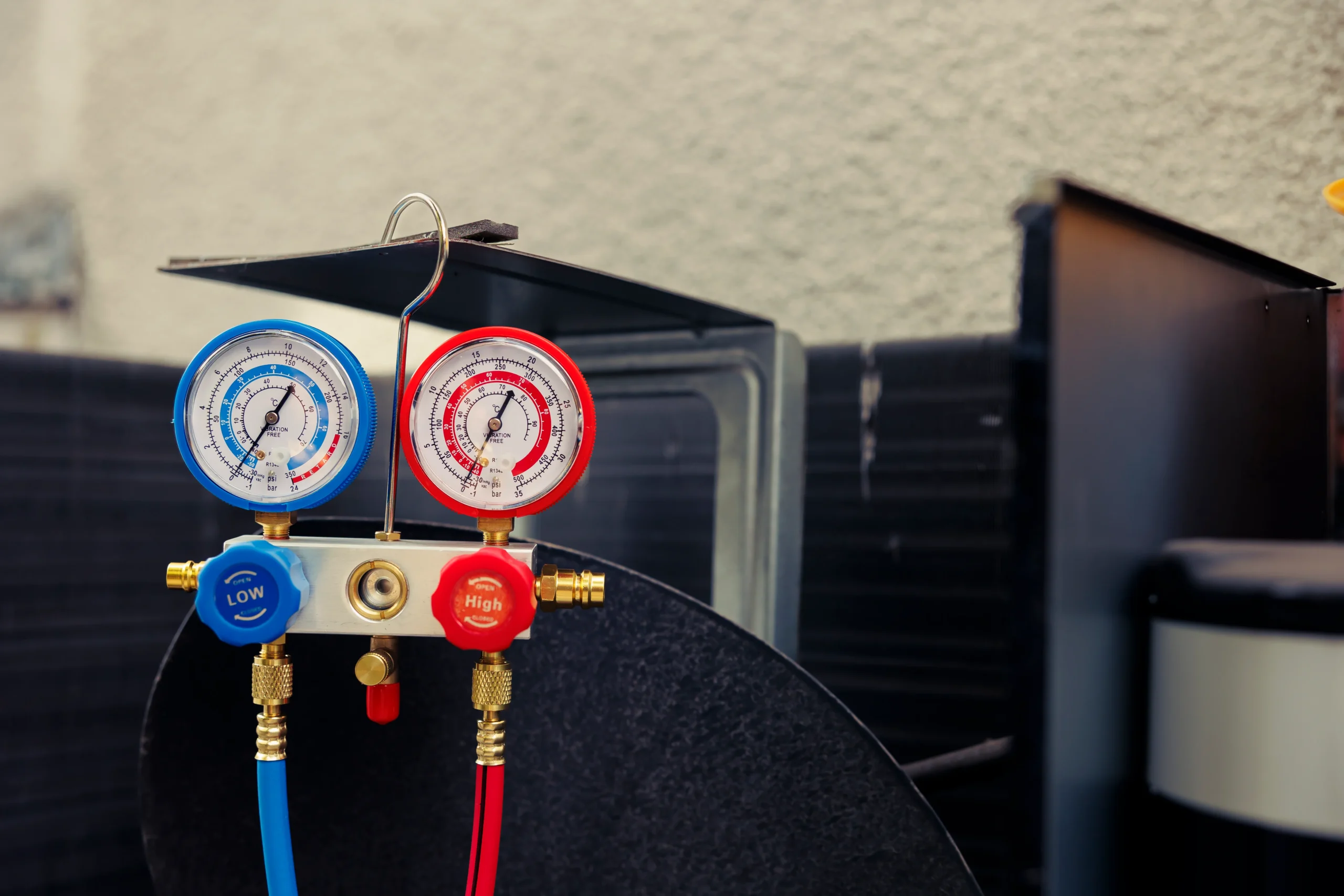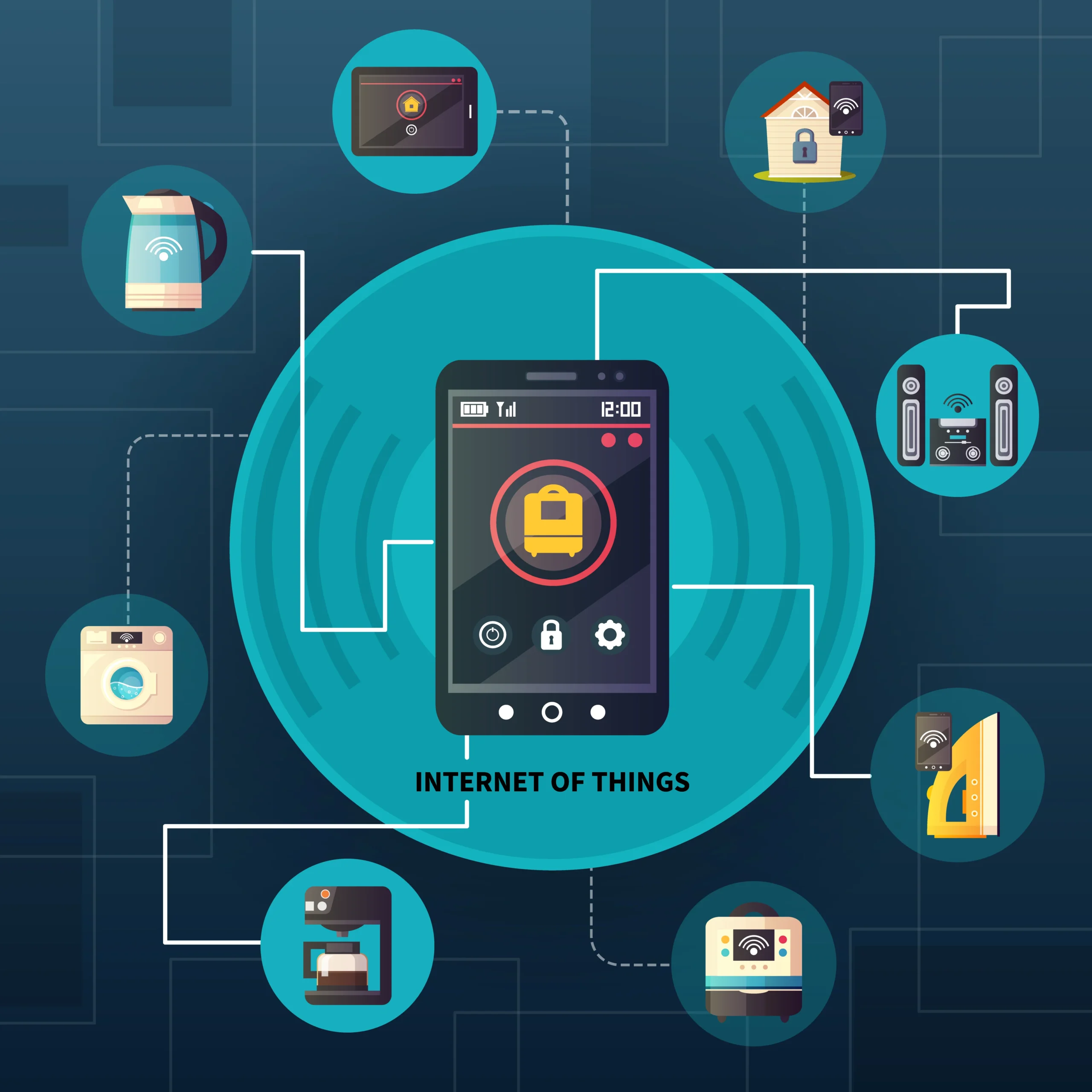Introduction
Broadcasting during emergencies is a critical responsibility for radio stations, ensuring that communities receive accurate and timely information. Zeno Radio’s Emergency Alert System (EAS) is a powerful tool for broadcasters to deliver real-time emergency alerts, keeping listeners safe and informed. This guide provides a comprehensive overview of how to use EAS with Zeno Radio effectively, ensuring compliance with regulations and maximizing public trust.
how to use eas with zeno radio ?
Zeno Radio EAS allows broadcasters to integrate emergency alert capabilities into their radio streams seamlessly. This feature is designed to disseminate critical information, such as warnings during severe weather, natural disasters, or public safety emergencies. With real-time capabilities and customization options, it ensures that broadcasters can meet the unique needs of their audiences while adhering to local regulations.
Why Choose Zeno Radio for Emergency Alerts?
Benefits for Broadcasters
Effortless Compliance: Zeno Radio EAS simplifies adherence to emergency communication regulations.
Building Trust: Providing accurate, timely alerts builds credibility with listeners.
Seamless Integration: The system integrates easily with existing broadcasting tools and setups.
Enhancing Public Safety
The primary goal of Zeno Radio EAS is to enhance public safety by ensuring communities are informed during crises. Whether it’s guiding listeners to safety during a flood or providing evacuation notices during a wildfire, Zeno Radio’s system is a lifeline for many.
Step-by-Step Guide: How to Use EAS with Zeno Radio
Setting Up how to use eas with Zeno Radio Account
Sign Up or Log In: Start by creating a Zeno Radio account at Zeno.fm or logging into your existing account.
Access EAS Settings: Navigate to the EAS configuration section in your dashboard.
Integrating how to use EAS with Zeno Radio
Connect an EAS Encoder/Decoder: Link your station to an encoder/decoder for broadcasting alerts.
Configure Settings: Input your location and specify the types of alerts you want to broadcast.
Test the Integration: Run initial tests to ensure alerts are transmitted clearly and without delay.
Customizing Alerts for Your Audience
Tailor Messages: Customize alerts to suit different emergency scenarios, ensuring relevance.
Multi-Language Support: Broadcast alerts in multiple languages to cater to diverse audiences.
Regular Testing and Maintenance
Schedule periodic tests to ensure system functionality.
Update configurations as needed to maintain optimal performance.
Best Practices for how to use eas with Zeno Radio
Regular Testing and Updates
Frequent testing ensures that the EAS system functions correctly during critical moments. Test the connection, audio quality, and overall functionality to avoid last-minute glitches.
Crafting Clear and Effective Alerts
Keep messages concise and easy to understand, especially during high-stress situations. Avoid jargon and focus on actionable instructions.
Staying Compliant with Local Regulations
Each region may have specific rules for emergency broadcasting. Familiarize yourself with local guidelines to ensure full compliance and avoid penalties.
Exploring Advanced Features of how to use eas with Zeno Radio
Zeno Radio EAS offers advanced settings that broadcasters can leverage to improve alert delivery:
Geo-Targeting: Send alerts to specific locations based on the nature of the emergency.
Cross-Platform Integration: Expand your alert’s reach by integrating it with other systems like SMS and public address systems.
Real-Time Analytics: Monitor alert delivery and audience response to optimize future broadcasts.
Real-World Applications of Zeno Radio EAS
Zeno Radio EAS has proven invaluable in various emergency scenarios:
Flood Evacuations: Local stations have used it to issue timely evacuation orders during flash floods.
Wildfire Alerts: Communities have relied on Zeno Radio to receive evacuation alerts and safety instructions.
Severe Weather Warnings: Broadcasters provide real-time updates during hurricanes, tornadoes, and other severe weather events.
Non-Emergency Use Cases for Zeno Radio EAS
While primarily designed for emergencies, Zeno Radio EAS can also be used for:
Community Announcements: Share important local updates.
Event Notifications: Inform listeners about upcoming events or disruptions.
Comparing Zeno Radio EAS with Other Systems
Zeno Radio’s EAS stands out for its simplicity and versatility:
Ease of Use: Compared to traditional systems, Zeno Radio’s EAS is user-friendly and requires minimal setup.
Cost-Effectiveness: It’s a budget-friendly option for small and medium-sized broadcasters.
Planning Post-Emergency Communication
Emergencies don’t end with the alert. Develop a plan for providing updates after the crisis, such as:
Updates on recovery efforts.
Instructions for accessing aid or resources.
FAQs
How to use eas with Zeno Radio ?
Zeno Radio EAS integrates with an encoder/decoder to broadcast emergency alerts directly through your radio stream.
Can I customize alerts?
Yes, you can tailor alerts for specific emergencies and even broadcast them in multiple languages.
How often should I test the system?
Regular testing—at least once a month—is recommended to ensure reliability.
Is Zeno Radio EAS compatible with other systems?
Yes, it integrates seamlessly with systems like SMS and public address networks.
Why is Zeno Radio EAS important for broadcasters?
It ensures compliance with regulations, enhances public safety, and builds trust with your audience.
Conclusion
Using EAS with Zeno Radio is a game-changer for broadcasters who prioritize public safety. From setup to advanced features, Zeno Radio EAS equips stations to deliver timely and accurate emergency alerts. By following best practices and staying compliant, you can strengthen your role as a trusted source of critical information and keep your community safe in times of need.


